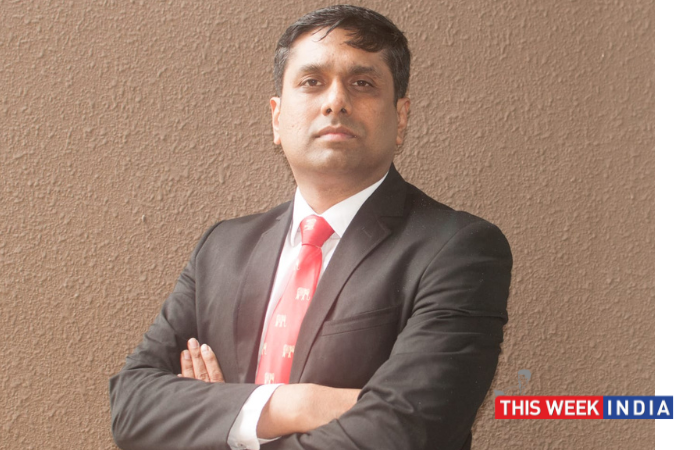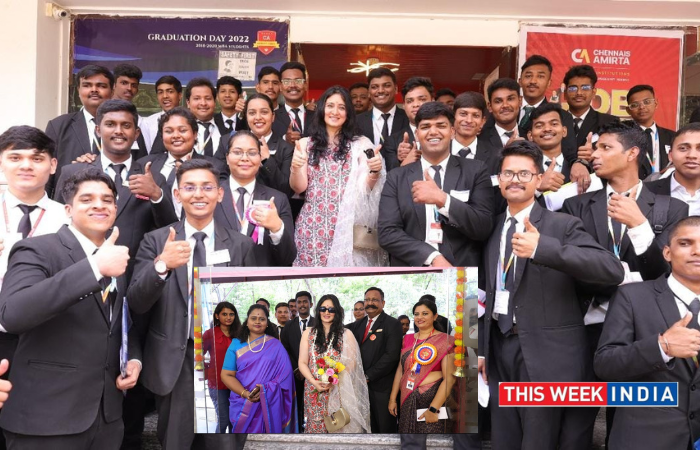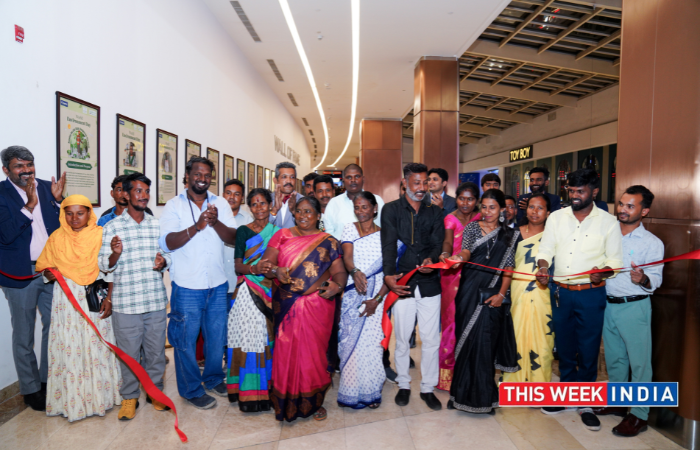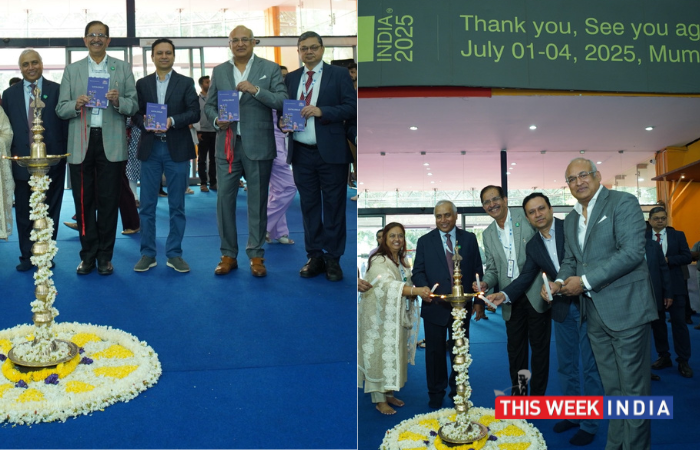BENGALURU / NOVEMBER 28, 2022 – The number of cases of ageing-related movement disorders are set to explode in India in the coming years due to increasing life expectancy and overall changes happening to general health of people, experts have said ahead of the first-ever World Movement Disorders Day. The International Parkinson and Movement Disorders Society has chosen 29th November to commemorate the birth anniversary of Jean-Charcot Martin, – Father of modern neurology and to create awareness about Movement Disorders. Movement disorders are a large variety of diseases, which are under acknowledged, but commonly present in the population.
Dr. Prashanth LK, Parkinson’s Disease & Movement Disorders Specialist, Center for Parkinson’s Disease & Movement Disorders, Manipal Hospitals, Bengaluru say’s “The recent Covid-19 infections caused a significant immune response in most people, leading to ‘acceleration’ of the ageing phenomenon and burning out of normal cells or neurons in the brain. This can possibly lead to an outbreak of ageing-related and neuro-degenerative disorders in near future. Combined with increasing life expectancy, this may trigger a major spike in movement disorders such as Parkinson’s disease, progressive supranuclear palsy, Parkinsonism with dementia over the next decade in India.”
The doctor added: “There has been a steady increase in patients at our movement disorders clinic over the years. In the initial phases, we were mainly seeing patients of Parkinson’s disease. However, with increased awareness and access to social media, the spectrum of movement disorders being witnessed at our clinic has widened now, with various parkinsonism syndromes, drug / medication-induced movement disorders, ataxic syndromes, Chorea, dystonias such as cervical dystonia, task-specific dystonia such as writer’s cramp, and autoimmune movement disorders becoming more common.”
Talking about the various challenges in tackling the burden of movement disorders in India, Dr. Prashanth LK said: “The primary challenge is creating awareness about movement disorders among the public and at the level of various medical specialties. Many patients visit different doctors for months before they get properly referred to a movement disorders specialist. Better awareness about these disorders would increase early diagnosis and treatment. The government also needs to make regulations to support people with movement disorders. Many a times, proper disability benefits are not accessible to patients, as many movement disorders are still not recognized and do not get disability benefits / work space modifications.”
He added: “There is clear lack of systematic epidemiological studies to understand the prevalence of various movement disorders in India. It is important to increase research on these disorders in the country. Many of these disorders require India-specific research, which would help possible breakthroughs in treatment. Support from various funding agencies and philanthropists would help increase collaborative work in India for treatment of many of these disorders. For example, a disorder like Spinocerebellar ataxia type 12 (SCA12) is almost exclusively found in the Aggarwal community and nowhere else in the world. So, we ourselves need to do research on this India-specific disease, as the probability of Western countries looking for its cure is highly unlikely.”
Movement disorders would become one of the major subspecialities of neurology in India over the next few years, according to the doctor. “About 15-20 years ago, there were only a handful of movement disorders specialists in the country, and that too, concentrated only in bigger cities and major medical institutes. In the last two decades, however, their number has been increasing, and they are now easily available in bigger states. This points towards increasing awareness about movement disorders in the general population and more and more patients looking for access to specialized care. This is going to be the standard norm in the treatment of these diseases in a few years,” he said.
Talking about improving the treatment of movement disorders in India, Dr. Prashanth LK said: “Creating awareness is the most important factor for improving the level of care for these disorders. Most therapies available worldwide for management of movement disorders are also available in India, that too at a lesser cost. Many of these patients require comprehensive care, so there is a need to develop cross-specialty care systems to deliver best options including medications, surgeries, rehabilitative measures, and palliative care. This kind of cross-specialty care can only be implemented in India if awareness levels increase and patients start seeking facilities where such comprehensive care is delivered.”









